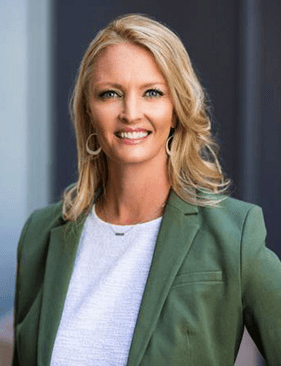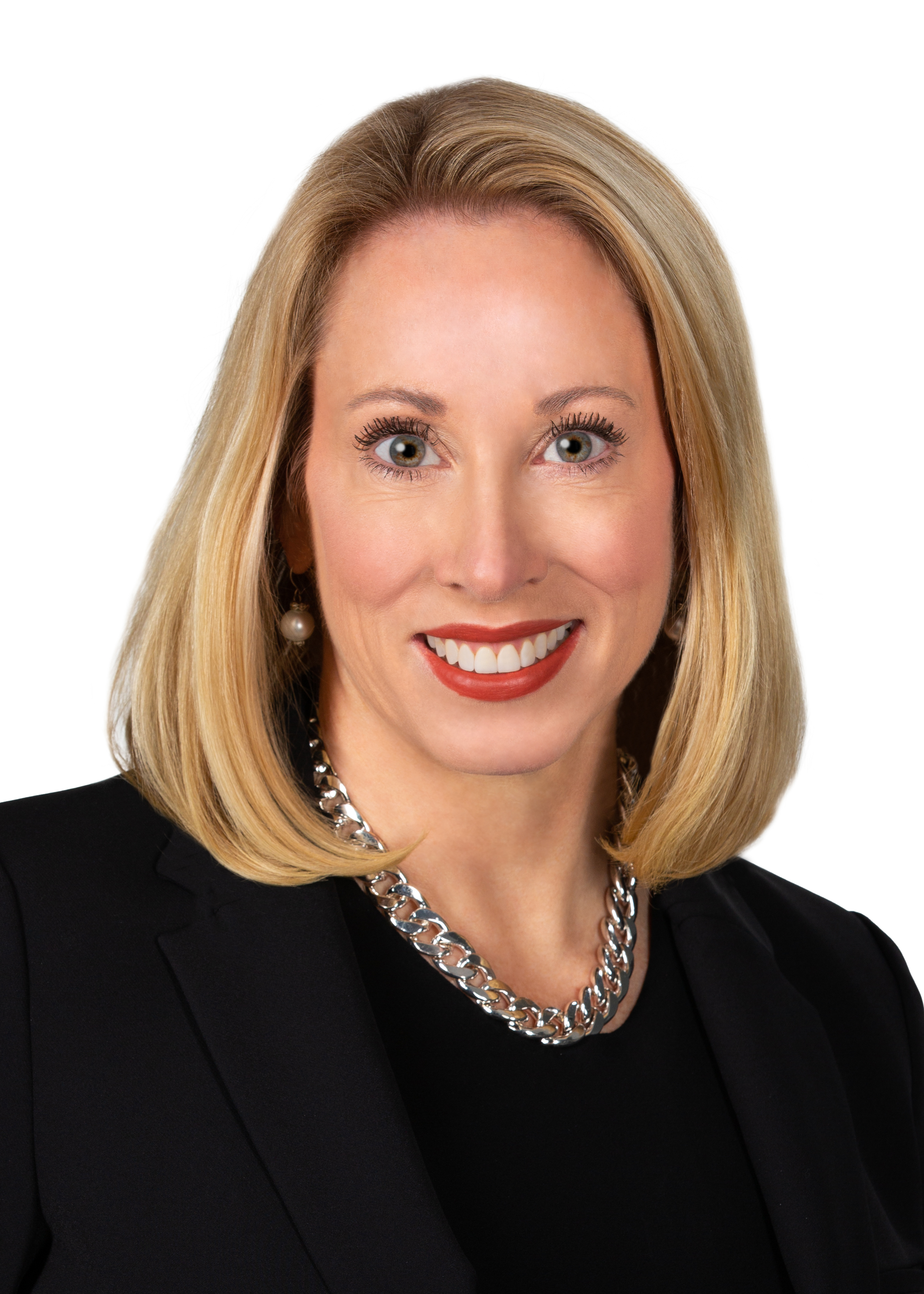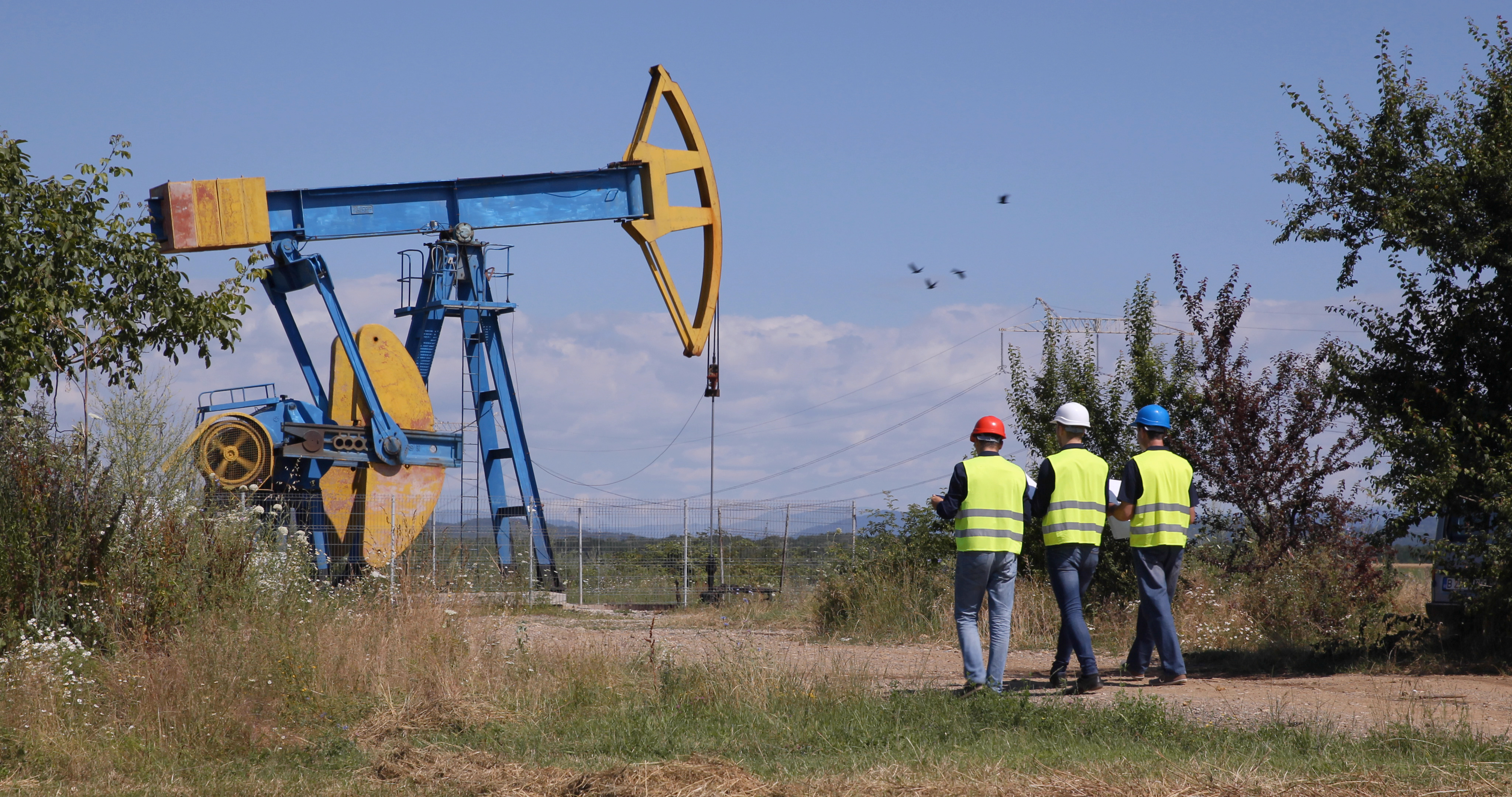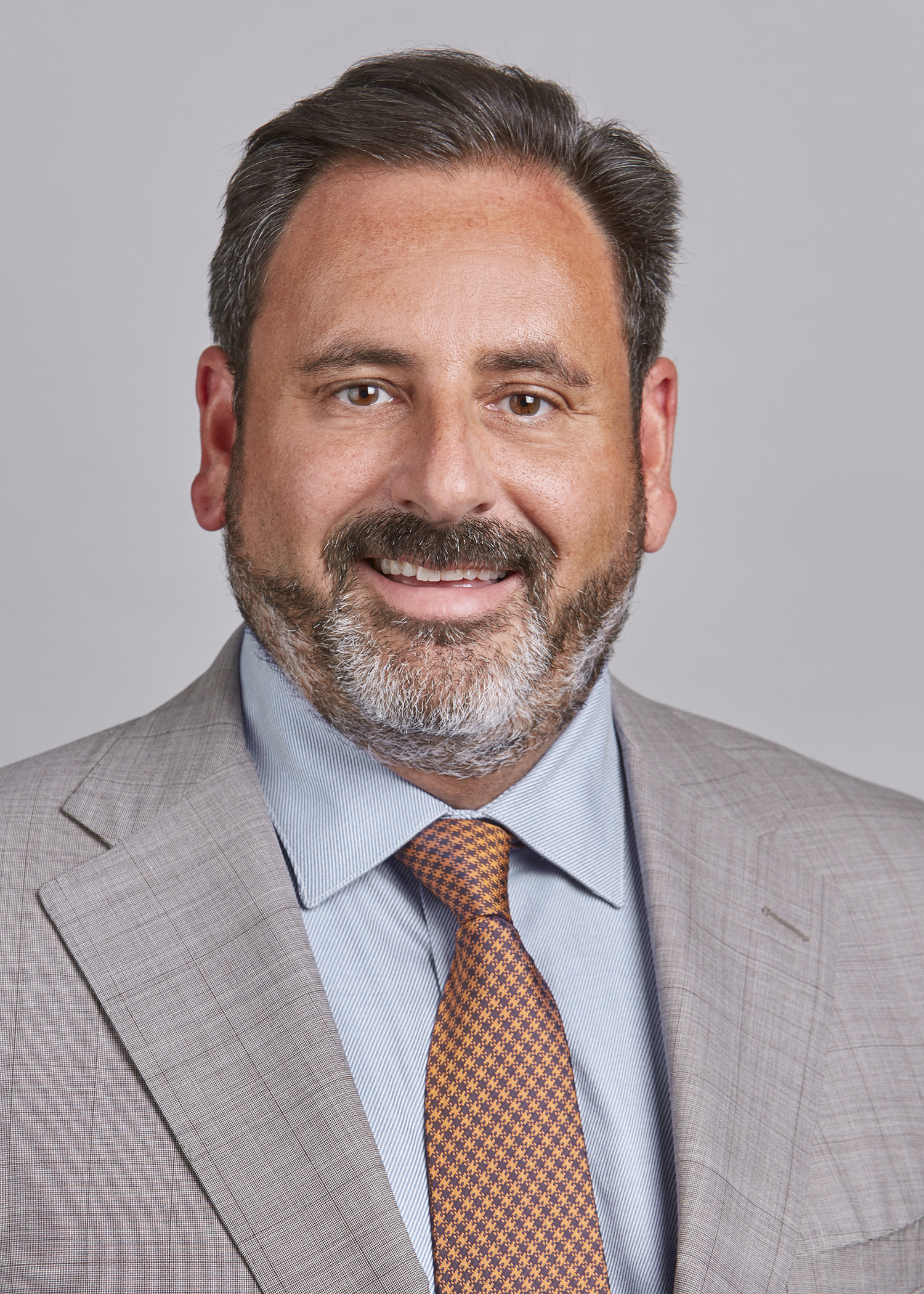Without a model to follow, they started from scratch.
“We have kind of been building this plane while we’ve been flying it,” said Tracee Bentley, president and CEO of the Permian Strategic Partnership (PSP).
The task ahead was monumental given the wide-ranging challenges: failing schools, crumbling roads, attracting and keeping qualified employees, soaring housing prices and getting those in need access to quality health care.
None of these areas fell in the wheelhouse of energy. Still, eight oil and gas producers came together to devise a plan to help communities where they operate in Texas and New Mexico’s Permian Basin. Through partnerships, collaboration and input from member companies’ employees, and community leaders and residents, needs were identified, blueprints were drafted and plans unfolded.

“We are less interested in projects that are Band-Aids and that will just get us through for a couple of years. We’re looking at what legacy will this leave for future generations in the Permian.”—Tracee Bentley, Permian Strategic Partnership
Three years later, the PSP has more than doubled its member companies and grown its initial member contributions of nearly $90 million to almost $950 million through collaborative investments along with state and federal funds.
“It’s one of the only places I’ve ever seen where you have some of the top competitors in an industry come together to work on the ‘S’ in ESG,” Bentley said. “They sit down at the same table, collaborate and all come to agreement. It’s pretty amazing to see.”
Achievements include opening a charter school, which also works with public schools, to bolster the region’s academics; investing in the Texas Tech University Health Sciences Center through a number of residency and fellowship programs with focuses in Family Medicine, Surgery and Subspecialty programs; bolstering nursing programs at Odessa College and the University of Texas Permian Basin; and securing $600 million in funding for Permian Basin roads in Texas and about $100 million for the New Mexico Department of Transportation—to name a few.
“We are less interested in projects that are Band-Aids and that will just get us through for a couple of years,” Bentley said. “We’re looking at what legacy will this leave for future generations in the Permian.”
The PSP is one example of how companies are tackling social initiatives as the ESG movement strengthens. Some are pursuing new initiatives alone. Some are building upon programs that have been aligned with company values long before ESG was a thing. Many are sharing their progress through sustainability reports, and others are trying to figure out how best to do that.
Regardless of which strategy a company chooses to pursue, transparency, consistency and a fit-for-purpose approach is essential to effectively approaching the social aspect of ESG.
Evolving trend
Experts agree that focus on the environment has dominated as companies work to reach net-zero targets and reduce emissions, partly in response to investor demands. However, social elements are entering more conversations. In reality, environment, social and governance are connected.
“An overarching theme is developing, and a lot of this is coming from feedback we’re hearing from institutional investors,” said Samantha Holroyd, owner of Golden Advisory Service. “That really is to be a little bit more constructive in the approach and specifically think about the fact that ‘G’ should be leading. Governance should lead anything that an organization is doing around ‘E’ and ‘S,’ and if the ‘G’ is right, shall we say, then the ‘E’ and the ‘S’ will follow suit.”
The result has been more near-term effort on disclosure regarding social initiatives—at least for the companies Holroyd advises. Companies are thinking about which critical statistics they should capture and what they need to do to measure better in preparation for public disclosure, she sa id.
id.
“We have to be flexible in these early days around what metrics and statistics are going to be used to define our social impacts and, more importantly, used to define the value proposition of our social impacts."—Samantha Holroyd, Golden Advisory Service
“The goal is really about integration more than balance,” Zoe Thompson, principal and social strategy leader with KPMG, said on ESG. “There is a social element to the environmental, and all of ESG should really relate to the business strategy and not be seen as a standalone or a built-on.”
While many oil and gas companies are taking a more philanthropic approach regarding activities in communities, other industries are beginning to integrate how social initiatives can support business strategies while also making environmental ambitions more effective, Thompson said.
Much thought is also going into how to decarbonize while minimizing the negative impact of communities and providing opportunity for growth, added Casey Herman, PwC’s U.S. ESG leader.
“Climate change impacts people, and these decisions impact communities,” Herman said, pointing out how some impoverished parts of the world may be affected by climate change more than others. “So mitigating those impacts is a positive social impact as well.”
Finding focus
The industry will say social has always been part of the oil and gas sector, given its attention to workplace safety, job creation and investing in communities in areas such as education or infrastructure.
When it comes to choosing where to put company resources, there is no one area in particular that creates more value with high social impact than others. Several factors are at play. Key is understanding the company’s mission, examining what is happening inside the company and the community, addressing deficiencies, setting targets, tracking progress and sharing results, according to experts.

“The short answer is to focus on those areas that connect your business, either by impacting your employees, impacting your customers or mitigating your risk,” Thompson said. “Understand what audience you are trying to address. Investors are one of them. There’s also regulatory matters, and there’s also the general public.”
Three primary areas to examine when looking at areas of risk or opportunity include assessing how the company operates today, reviewing how it plans to operate in the future, and identifying what tools it needs to get there and to execute the plan.
A few questions she suggested companies ask are: “What are the social programs that support your business strategy? How do your programs fulfill your mission as an organization?”
Different companies will integrate social initiatives in different ways, Holroyd added. Some may focus on educational programs to help children living in low-income neighborhoods. Another company may choose diversity as the flag to fly, she said, noting its efforts may be centered on diversity in employee recruitment, retention and contractors.
Social initiatives are “fit-for-purpose for your business, aligned with the culture of your organization,” Holroyd said.
The PSP decided which areas to focus on by getting input from its member companies, which include Apache, bpx, Chevron, Coterra, ConocoPhillips, Devon, Diamondback, Endeavor, EOG, Halliburton, Occidental, Ovintiv, Pioneer Natural Resources, Plains All American, Schlumberger and Exxon Mobil subsidiary XTO Energy, as well as conducting research and collecting data in the Permian Basin.
The goal was to pursue initiatives where companies could “move the needle,” Bentley said. “We can’t focus on everything for fear that then very little would get done.”

Feedback indicated needs in education, health care, roads and infrastructure, workforce development and, at the time, affordable housing. The PSP has since made behavioral health services a top priority, given the toll the coronavirus pandemic has had on the community. In 2021 PSP helped bring Permian Basin Counseling and Guidance to West Texas and southeast New Mexico and bring in counselors to staff the new offices.
“We’ve already heard story upon story about how having resources in a place where there once wasn’t has literally saved lives,” Bentley said. “The PSP stepped up to answer the call in the wake of our behavioral health crisis during COVID-19.”
Measuring success
Hearing directly from people impacted gives insight on whether initiatives make a difference. For the PSP, tracking progress on initiatives also involves having quarterly meetings, including with partners and grantees, to determine whether targets are being reached and whether adjustments are needed.
Performance metrics companies can use to measure their societal impacts vary and are wide-ranging, depending on the area of focus.
“Companies need to [first] define what is important to them and their stakeholders,” Herman said. “That includes having conversations with your investors, with your employees, with all of your relevant stakeholders.”
After narrowing those down, understand which ones are the most important for the company and why. Herman continued, “Then the question is ‘Can I gather that data and how can I report that data in a transparent and accurate way?’”

“Social is getting much more attention, and I think that trend is going to continue to grow."—Casey Herman, PwC
There are several ratings tools companies can use to examine their social strategies.
These include the MSCI ESG rating, which is used to measure “a company’s resilience to long-term industry material environmental, social and governance risks.” Under the social pillar, MSCI themes include human capital (labor management, health and safety, human capital development and supply chain labor standards); product liability (including product safety and quality, privacy and data security, health and demographic risks); stakeholder opposition and social opportunities (including access to communications, finance and health care). Scores in each of these areas along with those in the environment and governance areas are compared to a company’s peers.
“There’s some aspects that are very quantifiable,” Herman said, pointing out safety records for both employees and community incidents as examples. “Product safety/quality is another area, and certainly within the human capital side, there is a growing trend to talk about and disclose quantitative factors about racial diversity, gender diversity, age diversity. … There’s plenty of data that’s being generated.”
However, getting data to help quantify, for example, the racial diversity of a company’s workforce can be challenging for some.
“Different countries around the world have different regulations about what you can even ask your employees in terms of self-identification,” Herman said. “So while it sounds easy, it’s not necessarily so easy, and it takes some investment in technology to make sure you can accumulate the right data and report it in a way that is accurate.”
With the MSCI ratings, each ESG category and subcategories carry a different weight in a company’s overall rating, depending on the subsector. With E&Ps, for example, environmental and governance issues are weighted heavier with respective percentages of about 42% and 33%, compared to about 24% for social. For refining and marketing, it’s 16.7% for social, 37% for governance and 45% for environmental.
Experts agree that the focus on the environment is justifiable given global emissions reductions goals.
“But certainly, in my conversations with investors, with stakeholders, with board members over the last six months, I think social is getting much more attention, and I think that trend is going to continue to grow,” Herman said.
Holroyd added that initiatives must be aligned with the business and centered on something the company can control.
“We have to be flexible in these early days around what metrics and statistics are going to be used to define our social impacts and, more importantly, used to define the value proposition of our social impacts,” she said.
Performance metrics used by companies are still very much focused on activities such as how many people were reached or how many services were delivered, Thompson said.
“Looking at the long-term impact is a little bit hard,” she added. Again, the question is: ‘Are your social programs focused on your business metrics or are they focused on activities that may be affecting the communities that aren’t actually tied to your strategy?’”
The most successful companies, she said, don’t look at social initiatives as a “bolt-on” to their operations. It’s built into their culture. She said social programs are ways to execute their business vision.
Making an impact
The social story can impact the business:
- Investors want to know the risks;
- Potential employees want to work for companies with shared values and inclusive work environments that support diversity; and
- Ethical supply chains are desired.
“What they [companies] have to gain are an increased investment, reduced risk and an engaged employee base,” Thompson said.

“All of ESG should really relate to the business strategy and not be seen as a standalone or a built-on.”—Zoe Thompson, KPMG
It is difficult to determine how companies’ social efforts are factored into their attractiveness when it comes to valuations or, say, being a potential partner or M&A target. But there are clearly strong oil and gas players with winning ESG strategies, Holroyd said.
“The ESG strategy of an organization could become a hot topic in the boardroom when there is a discussion of an M&A target,” she added. “While it may not generate in today’s world a specific target for an opportunity to merge or to acquire, I do think it could be a factor in walking away from the transaction if there are poor historical statistics, lack of disclosure, anything in the history of the company or the company is lagging in terms of their ability to capture how their organization measures up on [ESG].”
Maintaining a social license to operate goes back to defining what’s important to stakeholders and then consistently and transparently telling that story, Herman added. “When you cherry pick and just disclose the good stuff, people see it,” he said.
Companies must also have confidence in their data, utilizing technology with built-in internal controls, and frequently engage with communities and people to understand concerns, Herman said. Having empathy, understanding issues and productively working toward solutions employees can go a long way.
Thompson advises companies to start social strategies by identifying who they are trying to reach and why, have internal conversations and determine how it’s crucial to the business—“not because it makes you look good but because it helps you reach your employees or your customers or the communities that you serve.”
The investment community is telling oil and gas companies to share their stories, added Holroyd, noting investors and the community will determine whether it’s a good story or not.
“We actually have a good story to tell,” Holroyd said. While there is always room for improvement, she said the companies she works with have great stories to tell but have never historically thought about sharing their stories.
She encouraged companies to start documenting where they are today. “If you don’t measure it, you can’t set a goal around it,” she said. “Add it to your business process and start measuring it; be prepared to then start talking about those statistics. And once you disclose those, you can then start making future targets around improving those specific statistics.”
Companies can do amazing things individually, but much more can be accomplished by working together and thinking outside of the box, Bentley added.
“When it comes to building schools and hospitals and getting new road projects, those things are only going to happen when you work collectively and not individually,” she said. “The sky really is the limit when you get a group like this together. And yes, some small things are important along the way, but think big.
Recommended Reading
Report: Crescent Midstream Exploring $1.3B Sale
2024-04-23 - Sources say another company is considering $1.3B acquisition for Crescent Midstream’s facilities and pipelines focused on Louisiana and the Gulf of Mexico.
For Sale? Trans Mountain Pipeline Tentatively on the Market
2024-04-22 - Politics and tariffs may delay ownership transfer of the Trans Mountain Pipeline, which the Canadian government spent CA$34 billion to build.
Energy Transfer Announces Cash Distribution on Series I Units
2024-04-22 - Energy Transfer’s distribution will be payable May 15 to Series I unitholders of record by May 1.
Balticconnector Gas Pipeline Back in Operation After Damage
2024-04-22 - The Balticconnector subsea gas link between Estonia and Finland was severely damaged in October, hurting energy security and raising alarm bells in the wider region.
Wayangankar: Golden Era for US Natural Gas Storage – Version 2.0
2024-04-19 - While the current resurgence in gas storage is reminiscent of the 2000s —an era that saw ~400 Bcf of storage capacity additions — the market drivers providing the tailwinds today are drastically different from that cycle.





